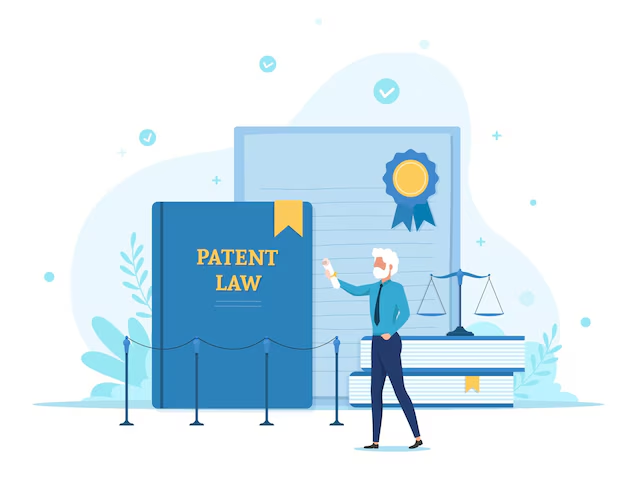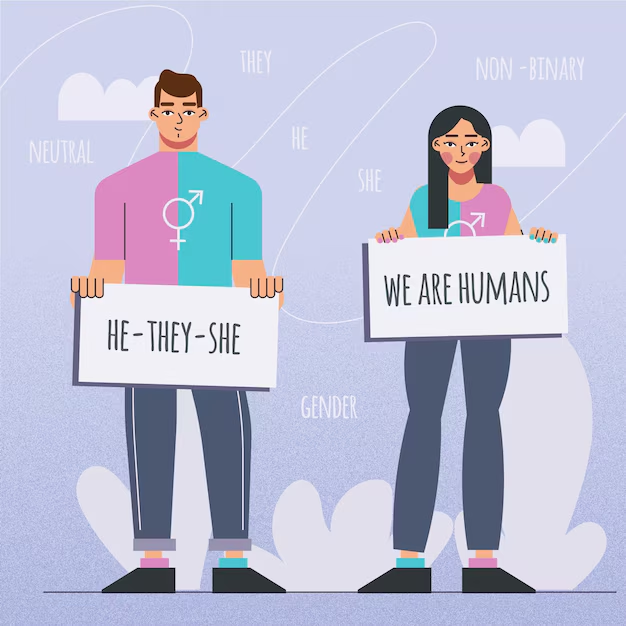INDIAN PATENTS ACT
The Indian Patents Act was framed in 1970 and is officially known as the Patents Act. This act governs the patent system in India and lays down the rules, procedures, and responsibilities for granting patents, defining patentable inventions, and protecting the rights of patent holders.
The act was amended in 1999, 2002, and 2005 to align with the TRIPS Agreement (Trade-Related Aspects of Intellectual Property Rights). The 2005 amendment allowed for the production of patents in the pharma sector.
The purpose of writing this analysis is to critically analyze the Indian Patents Act and know how it acts in the public interest or encourages innovation in the public interest.
HISTORICAL EVOLUTION
The evolution of the Indian Patents Act goes back before the colonial era.
- During the colonial era, in 1856, the first patent legislation in India was introduced to encourage new and useful inventions. In 1859, the same law was modified to grant exclusive rights for making, using, and selling inventions in India. These laws largely favoured British inventors. During the period 1872-1911, several amendments were made, which led to the making of the Indian Patents and Designs Act of 1911, which further acted as the foundation for Indian patent law.
- After independence, it was realized that the 1911 act heavily favoured the foreign monopolies, and hence in 1949, the Justice Rajagopalan Ayyangar Committee was formed to review the existing patent system. The Ayyangar Report 1959 highlighted that the existing system discouraged invention as it favoured the foreign monopolies relied on trade, and made essential goods like medicines expensive due to foreign monopolies.
- The earlier recommendations led to the enactment of the Patents Act. Its main features included patenting the process instead of the product, and patent for food, chemicals, and pharma. Granting a short-term patent for 7 years for chemicals and drugs and 14 years for other inventions. Compulsory licensing to prevent misuse of patents
- In 1995 India became a member of the World Trade Organization and was required to meet the TRIPS Agreement standards. To align with their standards, India amended its law in three timeframes.
- In 1999, a mailbox provision for filing product patents was introduced and exclusive marketing rights (EMRs) were provided for up to 5 years or until a product is granted or rejected.
- In 2002, the amendment modernized the patent system with faster processing and long-term patent terms.
- In 2005, the amendment reintroduced product patents in all fields, including pharmaceuticals, agriculture, etc. The section 3(d) was also introduced to prevent the evergreening of patents, which ensures that minor modifications to an existing drug cannot be patented unless they show significant efficacy improvement.
- At present, India balances incentivizing innovation with public health priorities. India is flexible with the TRIPS agreement, it prioritizes public health.
KEY PROVISIONS OF THE INDIAN PATENTS ACT
The Indian Patents Act, of 1970 outlines the legal framework for granting, protection. Enforcement of patents.
- Sections 2 and 3 include the clause of the patentable subject matter. It includes the criteria for patentability like novelty, inventive step, and industrial applicability, while section 3 talks about non-patentable inventions.
- Section 53 talks about the patent term and rights. It talks about the patent duration and how the patent is granted for 20 years from the filing date, and the rights of the patentee, the exclusive right to make, use, sell, and distribute
- Section 84-92 defines the compulsory licensing and lists its grounds and provisions. The government’s role in granting compulsory licensing.
- Section 6-43 talks about the application and grant process, and section 6 talks about who can apply for a patent. Section 11 A talks about publication and Section 12 talks about the examination
- Sections 64-65 talk about the revocation and surrender of patents. It describes the revocation grounds.
- Sections 104-114 describe and talks about the infringement and remedies, patent infringement, and defenses against infringement.
STRENGTHS
India became TRIPS compliant in 2005 and had to amend its provisions to align with the standards, but at the same time, they have retained flexibility to protect the public interest, especially by keeping the patent standard flexible in health and agriculture.
CHALLENGES
- Criticism is inflicted by international bodies and corporations on issues of restrictive patentability and compulsory licensing. The critics argue that restrictive patentability under section 3 (d) discourages minor innovation and modification of the product, which can lead to improvements in stability, drug delivery, etc.
- AS for the compulsory licensing undermines patent protection and reduces any incentives for research and development investment in India.
- The act does not grant software patents currently. This discourages tech startups and software companies from investing.
- Enforcement of Patent rights can be slow, and infringement issues are equally slow due to the slow judicial process.
- The patent application process is often slow due to bureaucratic delays, inefficient executive, and complex legal procedures. The creators have often face delays of -5 years or more, which affects their commercialization and investment opportunities.
LANDMARK CASE STUDIES
1. Novartis AG v. Union of India (2013)
- The key issue of the case was about section 3(d) which delas with evergreening and enhanced efficiency
- In this case, Novartis has applied a patent for its cancer drug Glivec (imatinib mesylate), claiming it was a more stable and effective version of an existing compound.
- The Supreme Court in its verdict rejected the application, ruling that modification did not demonstrate any significant enhancement in therapeutic efficacy. This case signified India’s stance against evergreening and ensuring of affordable access to generic versions of life-saving drugs and set a global precedent.
2. Bayer Corporation v. Natco Pharma Ltd. (2012)
- The key issue of this case was related to compulsory licensing
- In this case Bayer Corporation held the patent for Nexavar, a cancer treatment drug priced at ₹2.8 lakh per month. Natco Pharma applied for a compulsory license under Section 84, arguing that the drug was unaffordable and not adequately available in India.
- As a verdict, the controller of patents granted the first-ever compulsory license in India, allowing Natco to sell the drug at a 90% lower price.
- This case was significant as it not only prioritized public health protection but also established that patents cannot be abused by preventing access to life-saving medicines.











